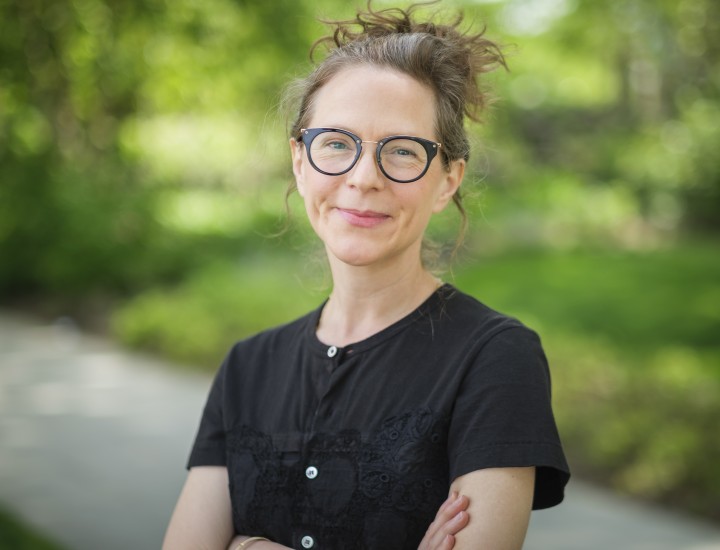By 2035, at least 75,000 youth ages 5-18, who would otherwise have little or no access to high-quality hands-on arts learning, will benefit from WPF-funded in-school partnerships and community-based initiatives across the Philadelphia region.
Access to high-quality, hands-on arts education in schools and community settings allows young people from elementary to high school to connect to their own creativity, stretch their imaginations, and express their personalities. It also develops social-emotional and critical thinking skills, helping youth build connections to others and the world around them. Thoughtfully designed and delivered arts education programs can act as a safe space for learning, allowing young people to share personal stories, process conflict and trauma, and develop interpersonal and cultural awareness.
Studies have demonstrated that in-school arts education partnership programs deepen students’ engagement with school and decrease disciplinary infractions. These opportunities can also help high school students gain skills they will need in post-secondary education and the workplace.
Similarly, arts education programs offered outside of school time and during summer offer a myriad of benefits for youth. According to a 2025 report from the National Endowment for the Arts, participating in art classes outside of school had positive associations with reading, math, and science scores for children in grades K-5.1 That same report shares that high school participation in extracurricular after school arts activities was associated with positive outcomes like higher grades and increased graduation rates.
In order for more young people in Philadelphia to engage in hands-on arts learning led by skilled teaching artists and arts educators, we are focusing on increasing access to arts education programs, through in-schools partnership programs and community-based arts education programs, for youth ages 5-18.
We measure progress for this objective through grantee reporting on program activities, enrollment, and participation.
Notes:
